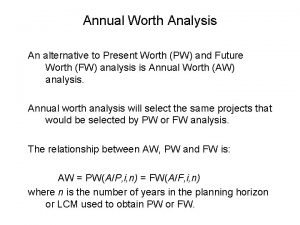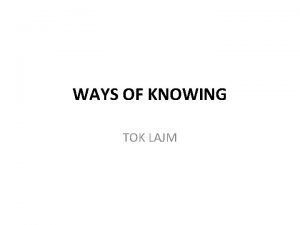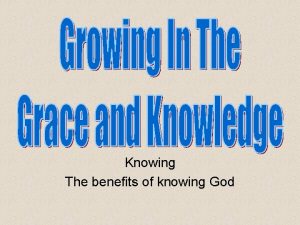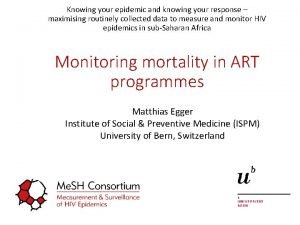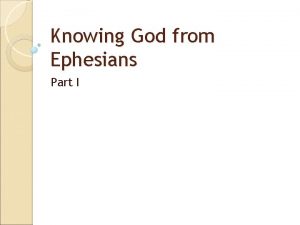Words Worth Knowing WORDS IN SCIENCE Words Worth






- Slides: 6

Words Worth Knowing WORDS IN SCIENCE

Words Worth Knowing Primary (P) Waves Longitudinal Waves Secondary (S) Waves Transverse Waves Surface Waves Epicenter Seismic Waves Seismograph Seismogram Triangulation Tension Ø Compression Ø Shearing Ø Folded Mountains Ø Fault Ø Reverse Fault Ø Normal Fault Ø Strike-Slip Fault Ø Fault-Block Mountain

Words Worth Knowing Primary (P) Waves Move out from the focus, travel the fastest, move through solid and liquid layers, push and pull rock back and forth creating longitudinal waves. Longitudinal Waves Type of wave in which the disturbance moves in the same direction that the wave travels. Secondary Waves Move out from the earthquakes focus, move slower than Primary waves, only move through solid rock, move at right angles to primary waves causing transverse waves rocks to move up and down and side to side. Transverse Waves A type of wave in which the disturbance moves at right angles, or perpendicular, to the direction in which the wave travels.

Words Worth Knowing Surface Waves Epicenter Point on Earth’s surface directly above where the energy is released in an earthquake. Energy that reaches the surface at this point is the greatest. Seismic Waves Form when P and S waves reach the surface, can cause the ground to shake making rock sway from side to side and roll like an ocean wave. Energy released from an earthquake that spreads out in all directions as vibrations. Seismograph Measures and records seismic waves.

Words Worth Knowing Seismogram Triangulation Force that pulls rock apart Compression Identifies the epicenter of an earthquake. Found by plotting circles on a map from the records of three seismograph stations and finding the point where three circles intersect. Tension The vibrations recorded, look like jagged lines on paper. Force that push or squeeze rock together. Shearing Forces that cause rocks on either side of faults to push in opposite directions.

Words Worth Knowing Folded Mountains Normal Fault Stress that press the rocks together, compression forces Strike-Slip Fault Stress that pulls rocks apart, caused by tension forces Reverse Fault A mountain that forms as continental crust is compressed and rocks bend into large folds. Stresses that push blocks of rock horizontally, caused by shearing forces Fault-Block Mountain A mountain that forms as blocks of rock move up or down along normal faults in the areas where the lithosphere is being pulled apart.




